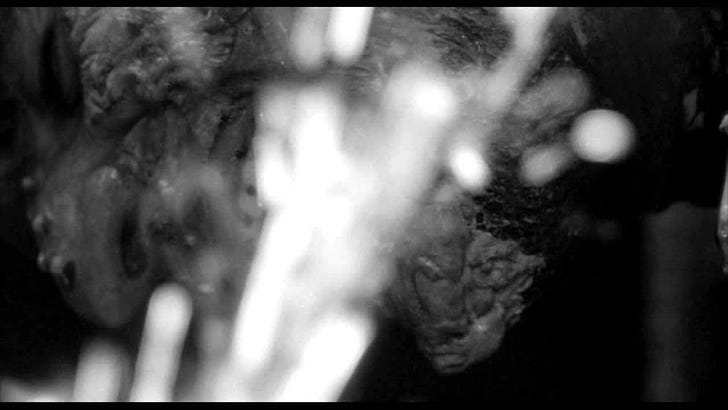For this week’s bonus films, we’ll look at a couple of surreal messes— or maybe classics depending on your point of view. “The Wolf House” from 2018 is an extended animated fairy tale, while 1977’s “Eraserhead” was David Lynch’s first big film.
Don’t forget, the first week of each month, we publish ALL our reviews, including the bonus content in our mont…
Keep reading with a 7-day free trial
Subscribe to Horror Bulletin to keep reading this post and get 7 days of free access to the full post archives.


